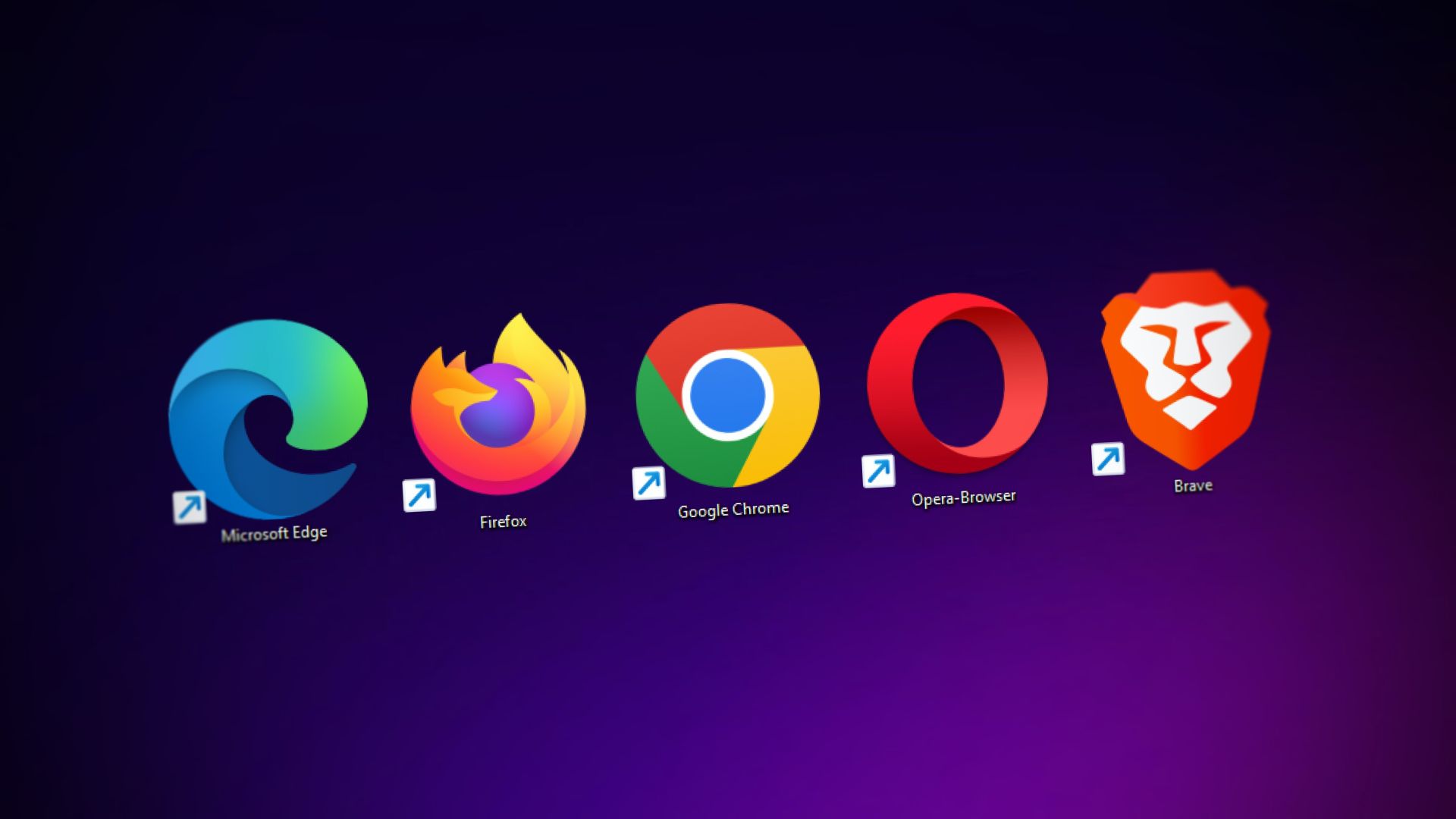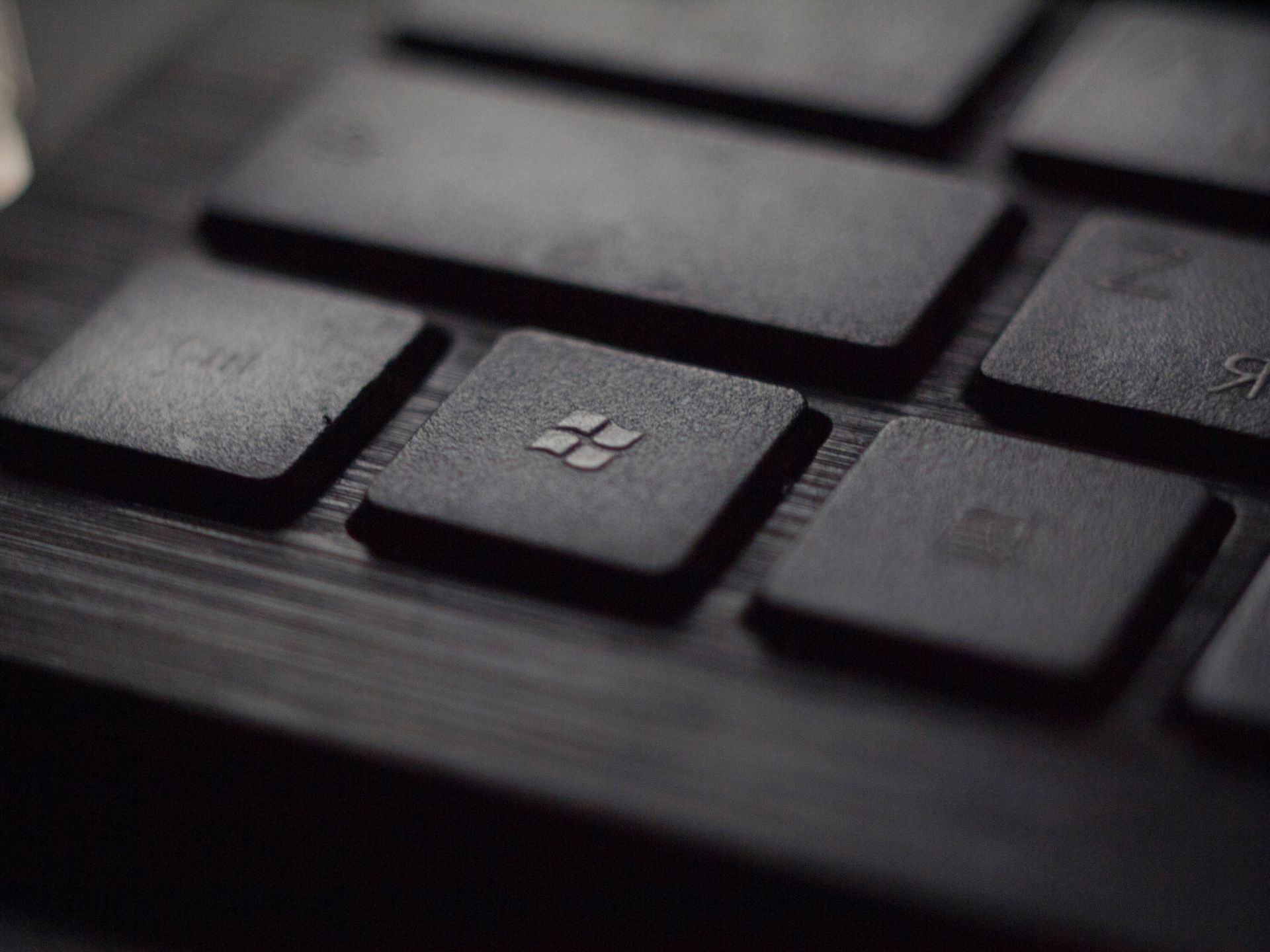Microsoft has taken a step back from the Windows 11 browser changes in Europe and decided to give more control to the users over their default web browsers.
The introduction of Windows 11 has generated significant buzz in the tech world, with one of the most discussed changes being the overhaul of the default web browser. This transformation has received mixed reactions in the tech community.
Windows 11 brings a substantial shift to its default web browser. Microsoft has bid farewell to Internet Explorer and Microsoft EdgeHTML, replacing them with a brand new browser built on Chromium, the same open-source project that powers Google Chrome. This transition aims to offer users a faster, more secure, and feature-rich browsing experience.
Following this change, Microsoft has been dedicated to enhancing the Edge browser for the benefit of its users. However, they have recently taken steps to encourage users to adopt the Edge browser more prominently.
In a recent update, Microsoft has decided to grant users within the European Union and those in Iceland, Liechtenstein, and Norway more control over their default web browsers.

Users now have more control over the Windows 11 browser
The Windows 11 browser, also known as Microsoft Edge, now offers more control to users. Starting with Windows 11 Insider Preview Build 23531, links within Windows system apps will no longer exclusively launch in Microsoft Edge, regardless of the user’s preferred browser.
This change is in accordance with regulations in the European Economic Area (EEA), where Windows system components will now respect the user’s chosen default browser when opening links.
While this may seem like a minor adjustment, Microsoft’s previous insistence on promoting Edge as the default browser has frustrated Windows users. Both Windows 10 and Windows 11 have included various features containing clickable internet links, such as help articles, search results, and widget articles. Unfortunately, these links were previously hardcoded to open in Microsoft Edge, irrespective of the user’s preferences.

The Windows 11 browser, Edge, continues the expansion
Microsoft is working on improving Edge, a.k.a. the Windows 11 browser. Recently, the company added a new “business” version that surprised many users. It has a briefcase icon that left some people wondering what it is and now everything is clear.
The Microsoft Edge briefcase icon symbolizes the introduction of the new Edge for Business web browser that Microsoft has been developing over a period of time. This new browser comes equipped with valuable features designed for business owners, professionals, and employees seeking to align their browsing activities with business needs. If you’ve come across the Microsoft Edge briefcase icon, chances are you’ve already encountered the new Edge for Business browser.

Earlier in the year, Microsoft expanded this approach to include web links in Outlook emails and Team chats with the intention of improving product experiences. However, this decision faced resistance from users who wanted to retain control over their preferred web browser.
In response, some users developed specific tools like EdgeDeflector to redirect “Microsoft-edge ://” links, which were utilized in Microsoft apps and throughout the OS shell, to the equivalent “https://” links of the default browser. Nevertheless, Microsoft was aware of these efforts, and starting from Windows 11 build 22494 and onward, the workaround ceased to function.
Featured image credit: Windows/Unsplash





